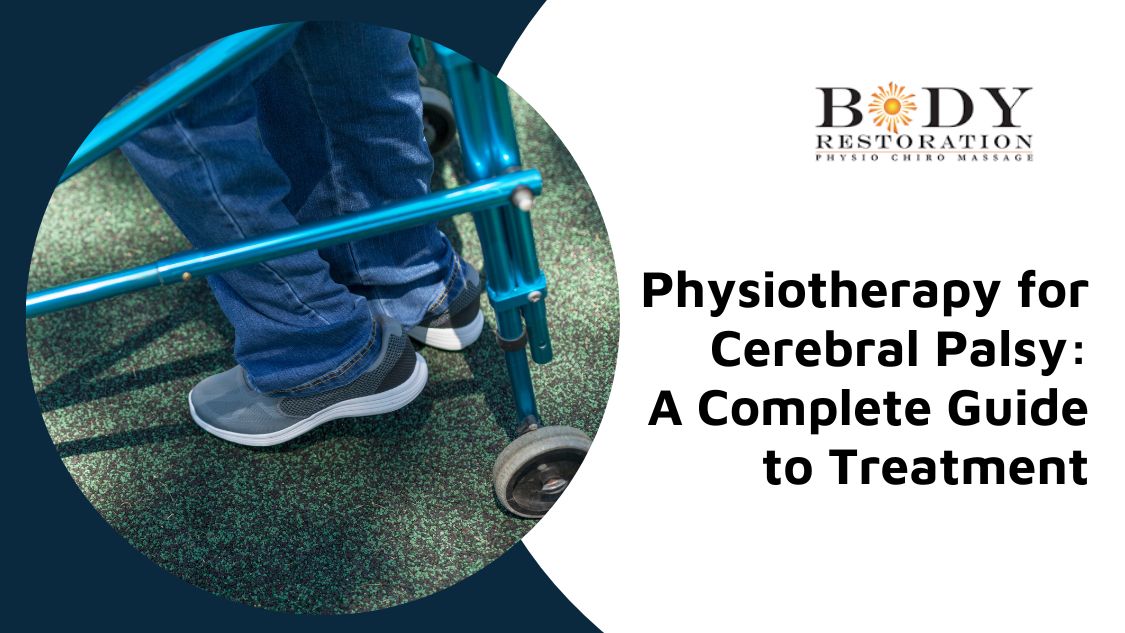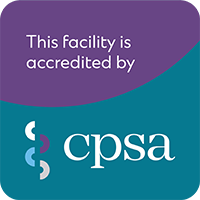When you hear the phrase ‘physiotherapy’, you most likely picture athletes with a variety of conditions or other accident victims. However, did you know there is a physiotherapy treatment plan for those with unique neurological conditions?
Cerebral palsy physiotherapy is one of them. During pregnancy and after birth, the brain does not grow as it should, resulting in a motor skills disorder, known as cerebral palsy. Those with cerebral palsy may have balance problems, walk awkwardly, or have one hand weaker than the other.
Although treatment of cerebral palsy is a difficult issue most cases can be treated successfully with effective physiotherapy. Here is everything you need to know about cerebral palsy physiotherapy and how to use it effectively.
What is Cerebral Palsy Physiotherapy?
Cerebral palsy physiotherapy is a kind of treatment program that assists cerebral palsy patients to live as normally as possible. Cerebral palsy physiotherapy is typically performed by someone who understands the condition and how to treat it.
Although there are several approaches to cerebral palsy physiotherapy, a few of the most common are correcting problematic postures, walking, or balancing.
Cerebral palsy physiotherapy may help patients with cerebral palsy by providing special exercises to stretch and strengthen the muscles needed for these actions. It can also make everyday activities such as walking or using the bathroom easier, as well as assist patients to live independently as much as possible.
Patients with cerebral palsy may also benefit from cerebral palsy physiotherapy in addition to improving their symptoms.
For example, cerebral palsy physiotherapy might assist children to feed themselves, help with daily activities, and improve developmental delays, or allow adults to use assistive technology. Moreover, it can also help with basic swimming skills, communication skills, etc. The patients’ self-confidence will also improve with an improved ability to perform tasks independently.
How Does Cerebral Palsy Treatment Work?
A compassionate treatment program for cerebral palsy is designed by a registered medical physiotherapist, and a qualified physiotherapist carries out the exercises. Cerebral palsy physiotherapy is carried out either one-on-one or in a group setting.
Cerebral palsy physiotherapy is provided by a professional who determines which exercises are most effective for each patient. Group sessions are usually delivered at a specialized center, while one-on-one sessions can be carried out either at home, at a clinic, or school.
Cerebral palsy physiotherapy should be provided as frequently as feasible. It is usually offered twice a week, but only in specific scenarios (for example, when the patient is hospitalized for surgery). Cerebral palsy physiotherapy may be provided in a variety of ways, including exercises, equipment, or a combination of both.
Therapies of Cerebral Palsy
There are several types of cerebral palsy physiotherapy treatments. Each patient will receive the appropriate physical therapy, based on his or her needs. Some common types of cerebral palsy physiotherapy include:
Cerebral Palsy Swimming – Swimming is an excellent exercise for people with cerebral palsy. It helps improve their posture, strength, and weight.
Cerebral Palsy Yoga – Yoga is an excellent way to relax and clear the mind.
Cerebral Palsy Massage – Massage releases tension and promotes blood flow.
Final Thoughts
Despite its prevalence, cerebral palsy is a muscle tone disorder that is poorly understood. It affects between 3 and 12 out of every 1,000 babies, making it one of the most common childhood disabilities, but there have been cases in which adults have been diagnosed with the condition after sustaining a brain injury.
A detailed treatment plan for cerebral palsy can provide several benefits to those suffering from the condition. They are often provided with exercises to enhance mobility, strengthen, and reduce discomfort. These exercises may range from simple stretching exercises to complex swimming or yoga exercises.




